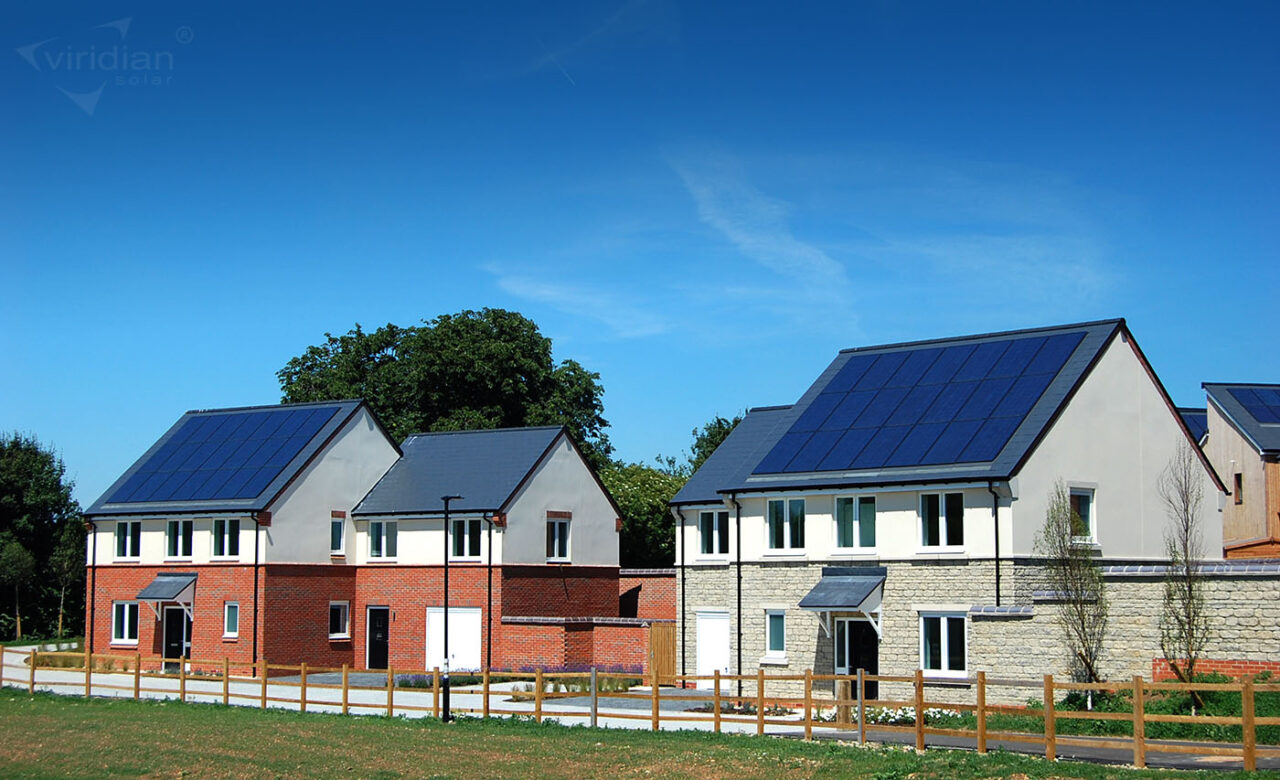
New research from CPRE, also known as the Countryside Charity, revealed that 48 of the 50 English parliamentary constituencies with the highest solar generation are in rural areas.
The report also showed that all 200 of the constituencies with the lowest are in larger towns and metropolitan cities.
Analysis of local authority data showed that rural constituencies have enough domestic solar panels to generate 12.5MW of energy every year, as opposed to 4.5MW in urban areas.
These findings are supported by research from the Microgeneration Certification Scheme (MCS), which reported that rural areas in the South of England led the way in small-scale renewable installations for 2023.
MCS revealed that Cornwall saw 4,890 installations of solar and heat pumps combined across the year, the highest in England, producing an estimated annual generation of over 37MWh.
South Cambridgeshire followed in second place for the number of installations in 2023 but came in first for the highest percentage of homes, with installations at 2.42%. 84% of its installations last year were solar photovoltaic (PV) modules, with 1,377 households opting for solar power, the highest number in the country.
In third place, Winchester enjoyed its best year for installations, with 1,083 in total, representing 2.09% of households in the area. It had 953 solar PV installations, placing it second in the country for all-time uptake, as 1.84% of households now have solar installations.
Throughout the report, CPRE suggested that the UK and its government should learn from successful initiatives in other countries, including Germany, where cash incentives for installing solar panels are as much as double those offered in the UK.
Another example would be that in some parts of Japan, homeowners can have solar PV systems installed for free in exchange for contributing energy to the grid.
CPRE planning and policy lead Jackie Copley said: “We are calling for a rooftop solar revolution. It’s unacceptable that developers are not required to include solar panels on all new homes. The time for change has come.
“The government must set a target for generating at least 60% of the UK’s solar energy from rooftops and make it easier and cheaper to install panels on existing homes and commercial buildings.”
Room for improvement
A key area that the CPRE report focuses on is the potential for solar car parks (SCPs) in the UK. As a comparison, the research states that, since 2023, it has been a legal requirement for a canopy of solar modules to be installed on all new car parks in France.
Its analysis has shown that installing solar modules on the UK’s car parks and new buildings could generate 31GW.
Taken together, all suitable roof space and car parks in the UK could generate a whopping 117 GW, substantially more than the government’s total solar target of 70 GW by 2050.
This is, in fact, a sector that the UK has already begun to develop, with an SCP opened in Salisbury a month ago (March 2024).
The site at Five Rivers Health & Wellbeing Centre, constructed using carbon-friendly material, aims to contribute more than 10% of the Centre’s electricity demand and save up to £50,000 on annual energy bills.
The solar installation at Five Rivers comprises three gullwing solar canopies covering 70 car park spaces, with a combined total capacity of approximately 220kWp. The SCP is expected to generate 186MWh of electricity in its first year of being fully operational.
The canopies are fitted with transparent Glass-Glass solar panels from German manufacturer Solarwatt. Thanks to their bifacial technology, the panels offer high efficiency and long-term yields—solar energy is captured on both sides of the panel, increasing total energy generation.

